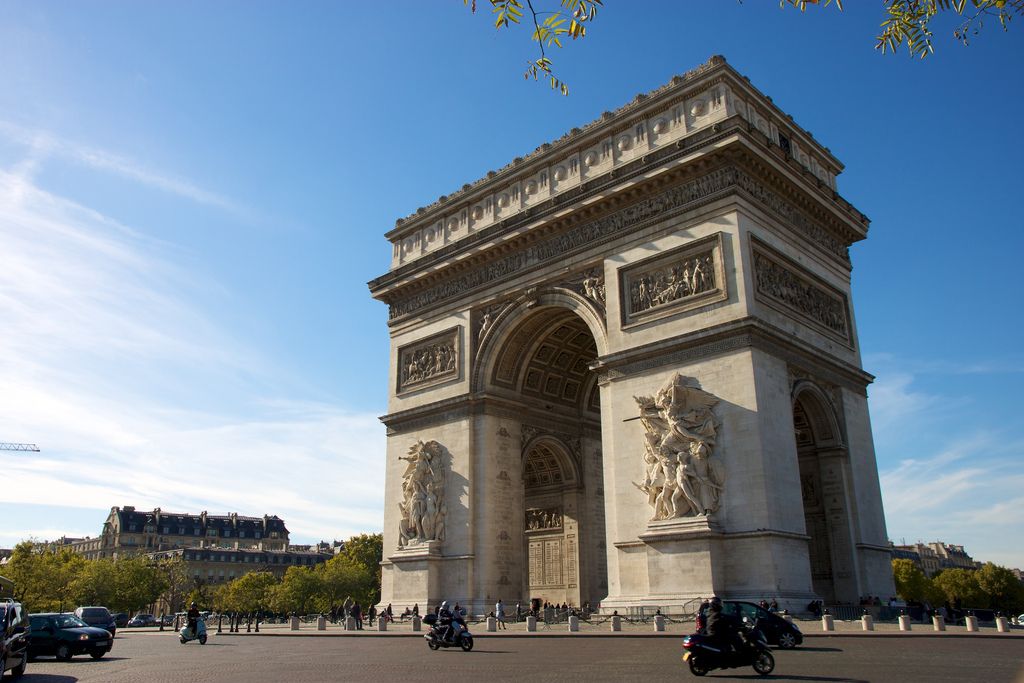Compiled by: Monique Cloe
The period is called neoclassical because its writers looked back to the ideals and art forms of classical times, emphasizing even more than their Renaissance predecessors the classical ideals of order and rational control. Their respect for the past led them to be conservative both in art and politics (Haskell, 1981). Always aware of the conventions appropriate to each genre, they modeled their works on classical masterpieces and heeded the ‘rules’ thought to be laid down by classical critics.
No more than their medieval and Renaissance predecessors did neoclassical thinkers share our modern assumption that change means progress, since they believed that human nature is imperfect, human achievements are necessarily limited, and therefore human aims should be sensibly limited as well. It was better to set a moderate goal, whether in art or society, and achieve it well, than to strive for an infinite ideal and fail (Haskell, 1981). The classical ideals of order and moderation which inspired this period, its realistically limited aspirations, and its emphasis on the common sense of society rather than individual imagination, could all be characterized as rational (Gontar, 2003). And, indeed, it is often known as the Age of Reason. Reason had traditionally been assumed to be the highest mental faculty, but in this period many thinkers considered it a sufficient guide in all areas. As reason should guide human individuals and societies, it should also direct artistic creation. Neoclassical art is not meant to seem a spontaneous outpouring of emotion or imagination. Emotion appears, of course, but it is consciously controlled (Haskell, 1981). A work of art should be logically organized and should advocate rational norms.
One of the most iconic displays of Revolutionary French Architecture is the Arc de Triomphe. Napoleon Bonaparte had the structure configured to display his reign and his victories. The Arc de Triomphe honors those who fought and died for France in the French Revolutionary and the Napoleonic Wars, with the names of all French victories and generals inscribed on its inner and outer surfaces (Haskell, 1981). Beneath its vault lies the Tomb of the Unknown Soldier from World War I. The Arc de Triomphe is the keystone of the historic axis – a sequence of monuments and grand thoroughfares on a route which goes from the courtyard of the Louvre, to the Grande Arche de la Défense (Gontar, 2003). The monument was designed by Jean Chalgrin in 1806, and its iconographic program pitted heroically nude French youths against bearded Germanic warriors in chain mail. It set the tone for public monuments, with triumphant patriotic messages.

Sous l’Arc de Triomphe
by Frédéric Bisson, used under CC BY

Arc de Triomphe
by Jiuguang Wang, used under CC BY-SA
Gontar, Cybele. “Neoclassicism”. In Heilbrunn Timeline of Art History. New York: The Metropolitan Museum of Art, 2000–. http://www.metmuseum.org/toah/hd/neoc_1/hd_neoc_1.htm (October 2003).
Haskell, Francis, and Nicholas Penny. Taste and the Antique: The Lure of Classical Sculpture, 1500–1900. New Haven: Yale University Press, 1981.